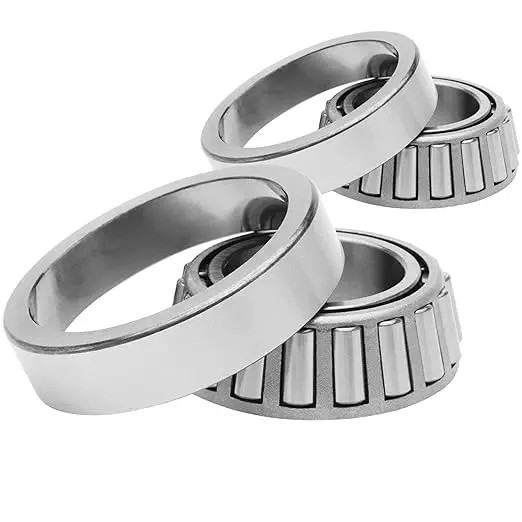 English
English Esperanto
Esperanto  Afrikaans
Afrikaans  Català
Català  שפה עברית
שפה עברית  Cymraeg
Cymraeg  Galego
Galego  Latviešu
Latviešu  icelandic
icelandic  ייִדיש
ייִדיש  беларускі
беларускі  Hrvatski
Hrvatski  Kreyòl ayisyen
Kreyòl ayisyen  Shqiptar
Shqiptar  Malti
Malti  lugha ya Kiswahili
lugha ya Kiswahili  አማርኛ
አማርኛ  Bosanski
Bosanski  Frysk
Frysk  ភាសាខ្មែរ
ភាសាខ្មែរ  ქართული
ქართული  ગુજરાતી
ગુજરાતી  Hausa
Hausa  Кыргыз тили
Кыргыз тили  ಕನ್ನಡ
ಕನ್ನಡ  Corsa
Corsa  Kurdî
Kurdî  മലയാളം
മലയാളം  Maori
Maori  Монгол хэл
Монгол хэл  Hmong
Hmong  IsiXhosa
IsiXhosa  Zulu
Zulu  Punjabi
Punjabi  پښتو
پښتو  Chichewa
Chichewa  Samoa
Samoa  Sesotho
Sesotho  සිංහල
සිංහල  Gàidhlig
Gàidhlig  Cebuano
Cebuano  Somali
Somali  Тоҷикӣ
Тоҷикӣ  O'zbek
O'zbek  Hawaiian
Hawaiian  سنڌي
سنڌي  Shinra
Shinra  Հայերեն
Հայերեն  Igbo
Igbo  Sundanese
Sundanese  Lëtzebuergesch
Lëtzebuergesch  Malagasy
Malagasy  Yoruba
Yoruba  অসমীয়া
অসমীয়া  ଓଡିଆ
ଓଡିଆ  Español
Español  Português
Português  русский
русский  Français
Français  日本語
日本語  Deutsch
Deutsch  tiếng Việt
tiếng Việt  Italiano
Italiano  Nederlands
Nederlands  ภาษาไทย
ภาษาไทย  Polski
Polski  한국어
한국어  Svenska
Svenska  magyar
magyar  Malay
Malay  বাংলা ভাষার
বাংলা ভাষার  Dansk
Dansk  Suomi
Suomi  हिन्दी
हिन्दी  Pilipino
Pilipino  Türkçe
Türkçe  Gaeilge
Gaeilge  العربية
العربية  Indonesia
Indonesia  Norsk
Norsk  تمل
تمل  český
český  ελληνικά
ελληνικά  український
український  Javanese
Javanese  فارسی
فارسی  தமிழ்
தமிழ்  తెలుగు
తెలుగు  नेपाली
नेपाली  Burmese
Burmese  български
български  ລາວ
ລາວ  Latine
Latine  Қазақша
Қазақша  Euskal
Euskal  Azərbaycan
Azərbaycan  Slovenský jazyk
Slovenský jazyk  Македонски
Македонски  Lietuvos
Lietuvos  Eesti Keel
Eesti Keel  Română
Română  Slovenski
Slovenski  मराठी
मराठी  Srpski језик
Srpski језик
What are the effects of a broken truck bearing?
2025-02-20
Once a truck bearing is damaged or encounters unexpected situations, various abnormal phenomena such as machine and equipment stopping and function being damaged will occur. The following are the specific reasons for its damage:
1. Metal corrosion occurs: If there is a lack of lubrication, it is easy to be oxidized and rusted by air.
2. The bearing load is too large or used improperly: The load of the bearing cannot be exceeded during use. For example, if the cargo pulled by the car is too heavy, it is easy to damage the bearing.
3. The bearing clearance is too small: The front wheel of the car uses an oblique thrust bearing, and the clearance needs to be adjusted. Too loose will cause abnormal noise, deviation, and wheel shaking. Too tight will accelerate wear.
4. Use inferior bearings: The production process does not meet the requirements, the shaft or bearing box has poor precision, and the bearing steel has not been processed.

How to identify inferior bearings
Appearance inspection: Inferior bearings usually have a rough appearance, and there are defects such as wear and scratches on the surface.
Dimension measurement: Determine whether the size meets the standard by measuring the inner diameter, outer diameter and width of the bearing.
Weight check: The processing precision of inferior bearings is not high, and the weight is light, which is quite different from the weight of standard bearings.
Rotation check: Check the rotation resistance of the bearing by hand and whether the ball is stuck to judge the quality.
Sound check: Under normal circumstances, the bearing has no noise. If there is noise, it means that there is a quality problem.




